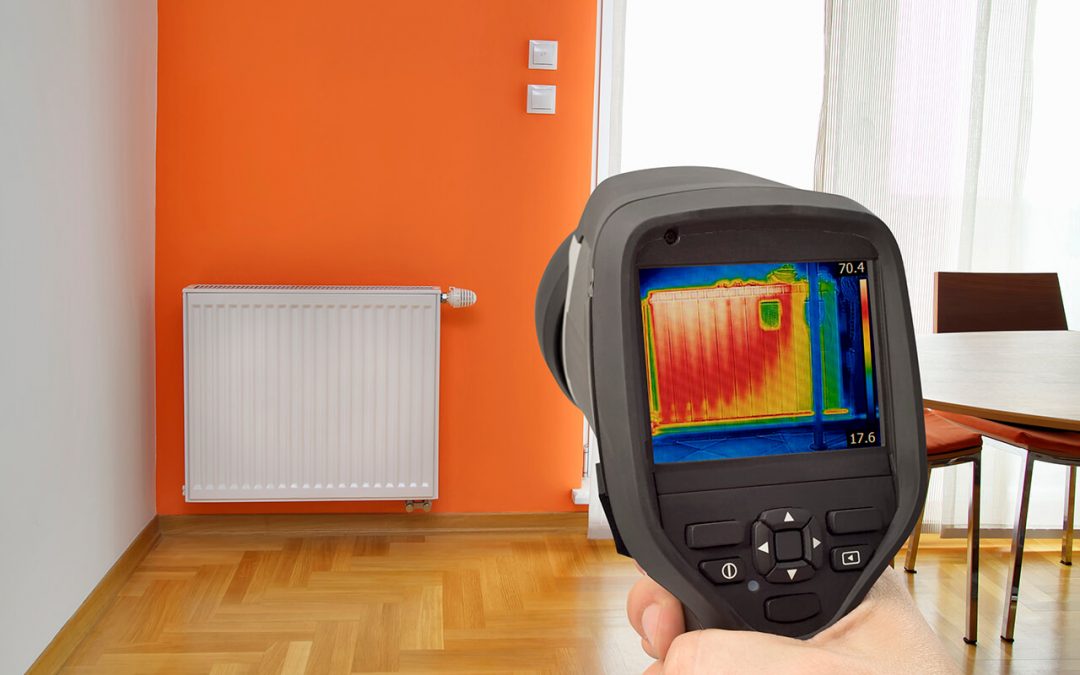Whether you are under contract to purchase a new home or you’re already a homeowner, you want to be well-informed about the condition of your property. Ordering a general home inspection is a great way to learn about any issues your property may have. You can gain even more valuable information when you order a home inspection with infrared thermal imaging.
What Makes a Home Inspection With Infrared Thermal Imaging Different?
A property inspection is completed by a trained and experienced professional and it includes a thorough review of all major components and systems in the home. Kitchen appliances, the electrical system, plumbing features, and the structural components of your home are inspected to identify underlying conditions or defects. In some cases, these are major safety concerns that require attention.
A home inspection with infrared thermal imaging provides information beyond just a visual examination. These are some of the reasons to order a property inspection that uses thermal imaging.
1. Look for Potentially Dangerous Electrical Issues
A standard home inspection identifies electrical issues like damaged power outlets or flickering lights. However, a home inspection with infrared thermal imaging looks for heat signatures inside the walls. These heat sources might indicate live wires or shorts that can be a fire hazard. Thermal imaging is useful in detecting early failures or issues with electrical systems.
2. Discover Hidden Leaks
Your home inspector will look for signs of current or previous water leaks. Findings may show areas of moisture that signify the need for a mold inspection or plumbing service. Hidden leaks are not visible in a regular home inspection. By observing heat signatures, thermal imaging can locate water leaks in walls, in slab foundations, and in other locations where the leaks would otherwise go undetected.
3. Review Insulation Location and Condition
Insulation is a critical component of your home. It is difficult to assess its condition and placement with a visual inspection alone. With thermal imaging, the inspector can determine if the insulation is adequate and evenly distributed, or if new insulation needs to be installed in specific areas. This information is essential for energy efficiency and to create a more comfortable climate indoors.
4. Identify Air Leaks
Thermal imaging can identify air leaks around doors and windows. Leaks may be detected through a standard home inspection, usually by noticing a draft or if sunlight is visible near the seal. Infrared thermal imaging can detect smaller air flow leaks that aren’t as obvious by picking up on the temperature difference. Even small leaks have a major impact on energy efficiency and should be addressed.
Infrared thermal imaging is not standard in home inspections, but it offers valuable benefits. To learn more about your property than what a visual inspection can reveal, schedule a home inspection with infrared thermal imaging today.
Redtail Building Services provides thermal imaging with home inspections at no extra charge. Contact us to book an appointment in Southeastern Virginia.

